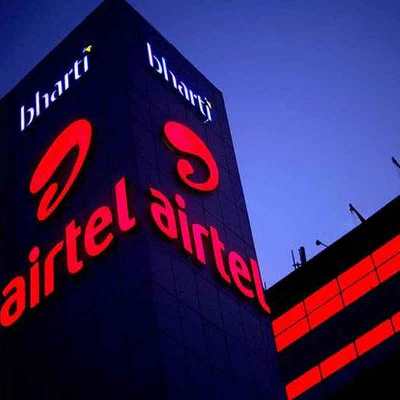BWA/LTE
 TT Correspondent | 15 Jun 2019
TT Correspondent | 15 Jun 2019Bharti Airtel (“Airtel”), India’s leading telecommunications services provider, today said that it has further upgraded its 4G network in Jammu & Kashmir with the deployment of LTE 2100 technology that will significantly enhance the network experience for its smartphone customers.
With the fast declining 3G handset base and customers upgrading to 4G smartphones, the rollout of 4G in the superior 2100 Mhz spectrum band, Airtel will now offer additional high speed data capacity for 4G and also drive a lot of voice traffic on VoLTE to serve its customers.
Airtel in Jammu & Kashmir now has a strong spectrum bank - 2300 Mhz (TD LTE), 2100 Mhz (LTE 2100), and 1800 Mhz (FD LTE) to offer world-class 4G services to customers. Given the increase in its capacity with 2100 Mhz spectrum, Airtel smartphone customers will enjoy improved 4G throughputs which shall result in enhanced customer experience.
Manu Sood, Hub CEO- Upper North, Bharti Airtel said, “In our continuous endeavor to deliver best-in-class network experience to our customers, the deployment of LTE 2100 in Jammu & Kashmir will further augment Airtel 4G quality and experience. LTE 2100 will further boost the network capacity and significantly improve outdoor coverage especially during intracity/ intercity transit for 4G smartphone customers.”
“LTE 2100 shall also add stimulus to increasing VoLTE traffic volume with better VoLTE propagation and add to our efforts to provide a superior network experience. We will continue to invest aggressively in deployment of latest network technologies to delight our customers” Manu further added.
Airtel serves over 5.46 million customers in Jammu & Kashmir and has deployed advanced network technologies and tools such as 4G Advanced and Carrier Aggregation to step up high speed network capacity and coverage. The company is committed to further invest in its network under its Project Leap program.